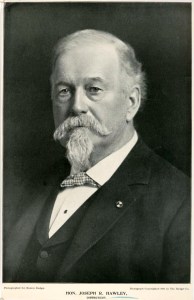As a general practice I do not link to things I write for the Park Service or WW1 Centennial Commission’s social media platforms. Tonight though I made an exception for a small piece about ball player and Harlem Hellfighter Spot Poles. It is up on the Strawfoot Facebook page on the left.
I have been reading Lawrence Ritter’s The Glory of Their Times over the past few weeks. Ritter’s oral history was a seminal event in baseball historiography, coming as it did in the mid-1960s when many of the early players were disappearing. Poles does not appear in the book and his name was only slightly familiar to me until recently. I suspect that he never got his due because he died in 1962, just before many of the players from organized Negro baseball were being rediscovered. Ritter published Glory in 1966. That same year Ted Williams famously said during his Hall of Fame induction that he hoped some day the old Negro players could be represented in Cooperstown in some way. Poles was four years gone by then and there was no one left to speak for him. He nearly did get in to the Hall some years later on the old timers ballot but fell short.
I did not know until writing the vignette that there were over 500 professional ball players who fought in the Great War. When we think of ball players and military service we think of WW2, because we always think of WW2 before WW1. Williams of course was one of the great war heroes of the Second World War. Poles too was a war hero. He reached France around New Years 1918 and fought in all of the major battles through the Armistice.
(image/By Staff Photographer (New York Lincoln Giants Publicity Office) [Public domain], via Wikimedia Commons)










